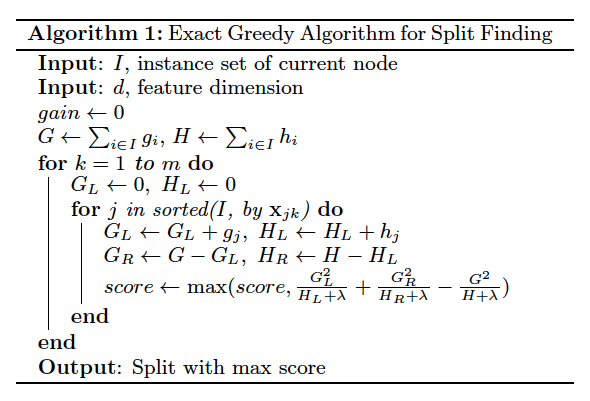This paper claims that in CART, because a binary split is performed on a single covariate at each step, all splits are orthogonal and therefore interactions among covariates are not considered.
However, a lot of very serious references claim, on the contrary, that the hierarchical structure of a tree guarantees that interactions between predictors are automatically modeled (e.g., this paper, and of course the book by Hastie Elements of Statistical Learning).
Who's right? Do CART-grown trees capture interactions among input variables?
References:
Paper 1: Lee, Sun-Mi, and Patricia A. Abbott. "Bayesian networks for knowledge discovery in large datasets: basics for nurse researchers." Journal of biomedical informatics 36.4-5 (2003): 389-399.
Paper 2: Elith, Jane, John R. Leathwick, and Trevor Hastie. "A working guide to boosted regression trees." Journal of Animal Ecology 77.4 (2008): 802-813.




